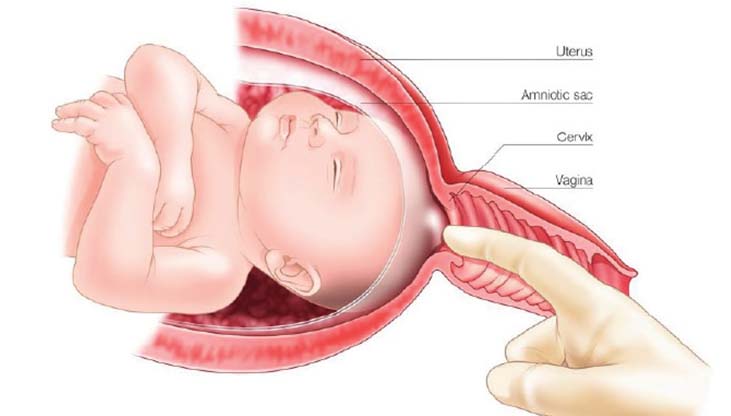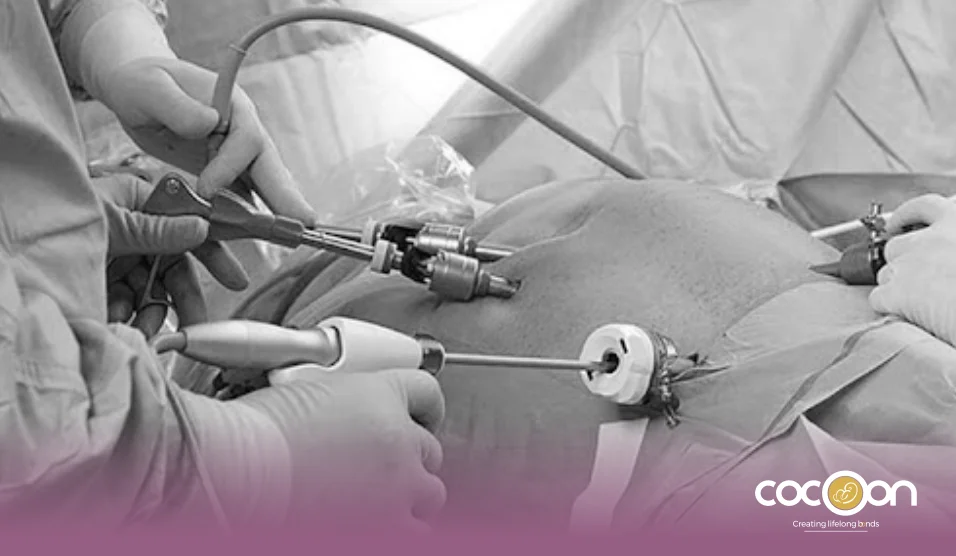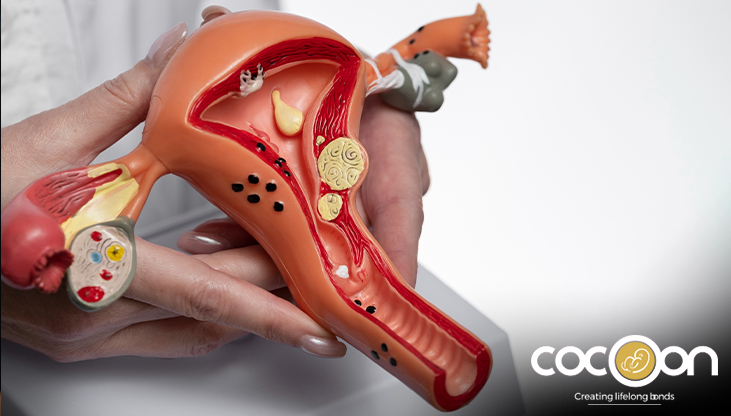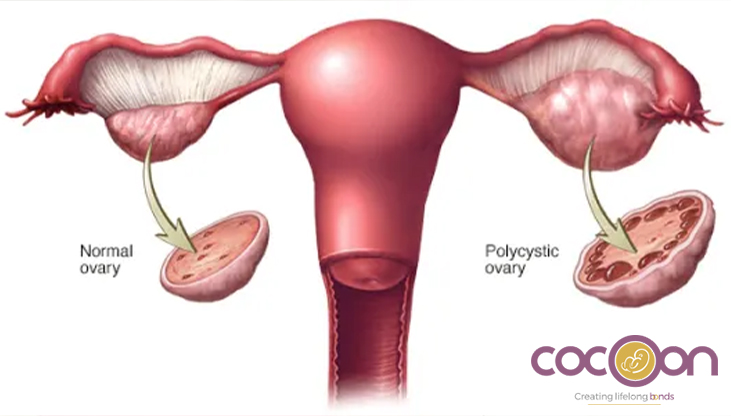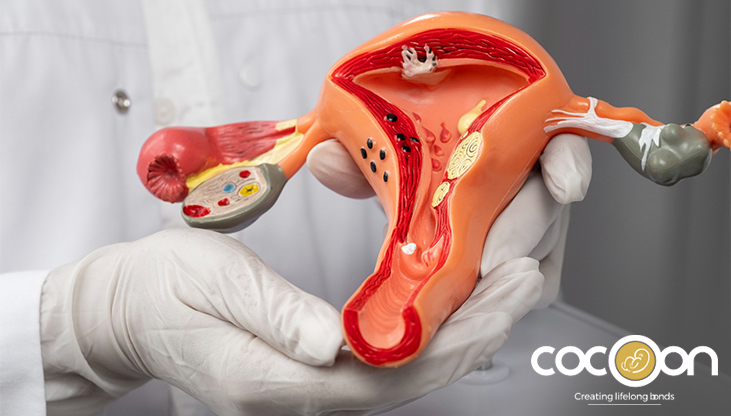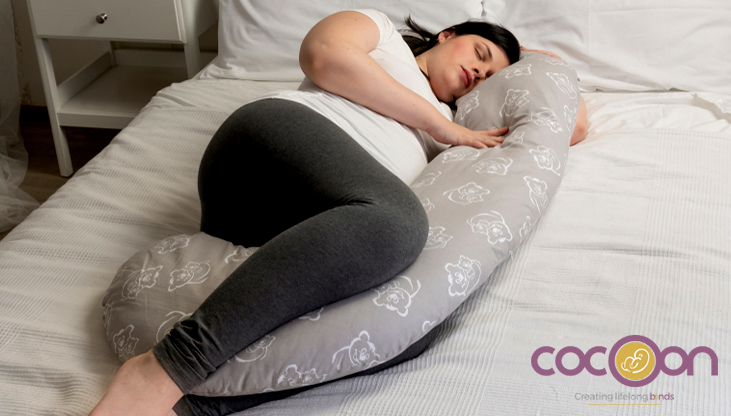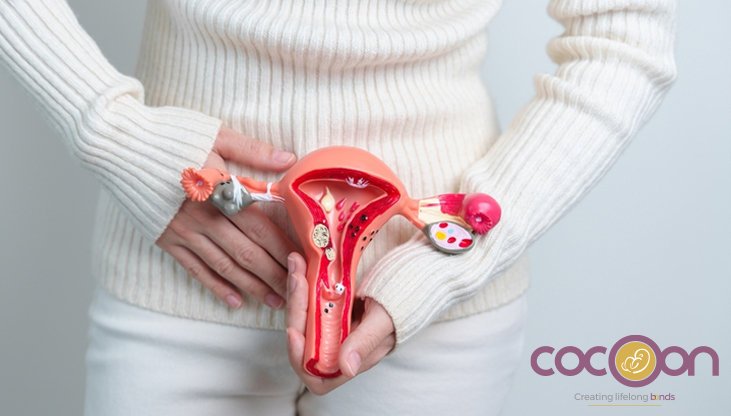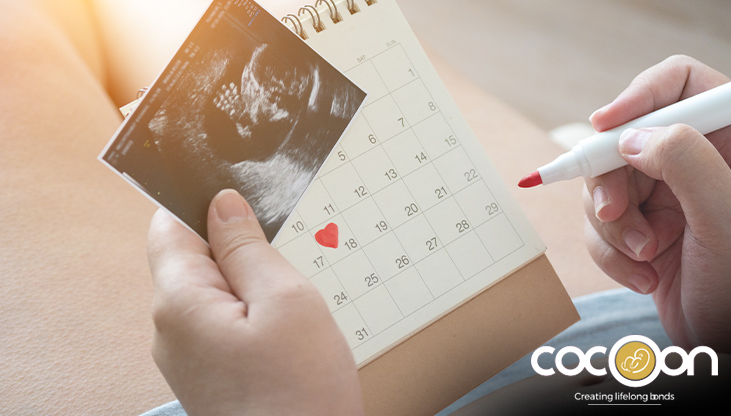You've had your hospital bag packed, weeks counted down, and you're finally over your due date—but your little bundle of joy doesn't seem to be coming anytime soon. Familiar? Yes, sometimes babies do take their time, and the doctors will recommend a procedure known as labor induction to get your baby on their way..
What is Labor Induction?
Labor induction is an artificially stimulated beginning of labor using drugs or medical interventions. Simply, doctors "induce" labor when it won't start spontaneously and there is a medical necessity—or sometimes because the pregnancy is well past its due date.
Why Does Your Obstetrician Induce Labor?
Your obstetrician has various reasons why she might need to induce labor:
- You're overdue: While most pregnancies last about 40 weeks, staying pregnant into the 41st or 42nd week can increase the risk of complications.
- Water broken but no contractions: If your water breaks (amniotic sac ruptures) but contractions don't begin within 24 hours, there is a risk of infection.
- Medical problems: High blood pressure, gestational diabetes, or small baby (growth restriction) may necessitate early delivery.
- Placental issues: If the placenta is not functioning well, the baby may not receive sufficient oxygen and nutrients.
- Previous stillbirth: Some doctors may induce labor to prevent such complications.
How Does Labor Induction Work?
Doctors have several methods to induce labor. The technique relies on how prepared your body is for labor and the appearance of your cervix (the lower segment of the uterus).
1. Cervical Ripening
If your cervix is not soft or dilated, your obstetrician may employ medications or instruments to make it softer. This process is referred to as cervical ripening.
Medications: Drugs with a hormone-like action are introduced in or close to the cervix to cause softening and dilation of the cervix.
Balloon catheter: A small balloon is put inside the cervix and expanded to gently open the cervix.
2. Breaking the Water (Amniotomy)
This is a straightforward process where the obstetrician breaks your water manually by using a small hook. It's scary-sounding, but it is not painful and can cause contractions to initiate or accelerate.
3. Oxytocin (Pitocin)
This is medication administered via an IV drip that stimulates contractions in the uterus. It replicates the hormone used by the body to cause contractions during labor.
How Long Does Induction Take?
It depends on various factors.
For First-Time Moms
For new mothers, induction of labor will last from several hours to 2–3 days. When your cervix is not ready (not softened or opened), induction will last longer.
If You've Given Birth Before
If your cervix has previously undergone labor, it may prepare more rapidly. Then, in such a scenario, labor may initiate within several hours of when the induction has been started.
Overall Labor Time
Once labor starts, it normally takes its own course. Active labor may last from 6 to 12 hours or longer, depending on your body, baby's position, and other factors.
What Does Induced Labor Feel Like?
This is what every expectant mother wants to know.
Contractions
Induced labor contractions may at times be longer and stronger, and even more frequent than regular contractions, particularly if oxytocin is administered. This may feel like stronger labor. Don't worry, however—your doctor will control the pain with drugs if necessary.
Cervical Exams
During induction, you'll get frequent internal checks to determine how far your cervix has dilated. It may be uncomfortable, but it's important to know how labor is going.
Pain Relief Choices
Yes, labor is painful—induced or otherwise. But the good news is that there are plenty of pain relief options:
- Epidural: It is most common that anesthetizes the lower half of your body.
- IV pain medication: Relaxes you and takes the sting out.
- Breathing and support: Deep breathing, warm showers, or birthing balls are also utilized by most moms.
Talk to your doctor ahead of time about your pain relief options.
What to Expect When You're Being Induced?
Let's walk through it step by step so you know what may occur:
1. Checking into the Hospital
You will be admitted to the hospital. The nurse will place a fetal monitor on you to listen for your baby's heartbeat and your contractions.
2. First Tests
Your obstetrician will examine your cervix to figure out the best method to induce you.
3. Induction Begins
They may give you medications or insert a balloon catheter, depending on your cervix.
4. Waiting
It may take some time, even hours at times for labor to begin. Bring books, music, or movies to wait it out.
5. Contractions Begin
Once contractions begin, things move quickly. You may receive more medications to keep labor going.
6. Birth
Finally, time to push and meet your baby!
Is Induced Labor Safe?
Yes, when under a doctor's supervision, induced labor is safe. However, like all interventions, there are risks:
- Increased contractions: May boost the use of pain medication.
- Increased labor time: Particularly for first-time mothers.
- Increased risk of C-section: In case induction is unsuccessful or if there's fetal distress.
- Infection or bleeding: Uncommon, but can occur.
Some obstetricians will only induce labor when the advantages outweigh the risks.
How to Make Labor Induction Less Painful?
- Relax and remain calm: Stress may slow labor.
- Bring along comfort items: A pillow, socks, music, and snacks (if permitted) can be beneficial.
- Ask questions: Don't be afraid to ask your doctor anything you don't understand.
- Have a birth partner: Emotional support is key during labor.
- Use breathing techniques: Slow, deep breaths ease pain and keep you centered.
When Should You Not Induce Labor?
Your doctor will not induce labor if:
- The baby is too small or premature.
- You've had certain kinds of uterine surgery.
- The cervix is totally closed and unripe (not at all ready).
Every scenario is different, it depends on your condition and pregnancy.
Conclusion
Induction might seem intimidating to begin with, particularly for first-time mothers. But fact is, it's a widespread and safe treatment when performed in the presence of medical supervision. The intention all along is always to keep the mother and infant healthy.
Keep in mind, each labor story is unique. Whether you begin labor naturally or are induced, the most important thing is that you and your baby make it to the finish line in one piece.
FAQs
Q: How long does first-time mothers' induction last?
A: It can last between 12 to 48 hours based on your body and how prepared your cervix is.
Q: Is induced labor more painful?
A: Induced contractions might be stronger, but you'll have the option for pain relief such as an epidural.
Q: Am I able to walk or move around during induction?
A: Yes, if your doctor is okay with it, walking or moving may help move labor along.
Q: Is labor able to be induced naturally at home?
A: Some attempt natural techniques (such as walking, spicy food), but only use them after consulting your doctor

